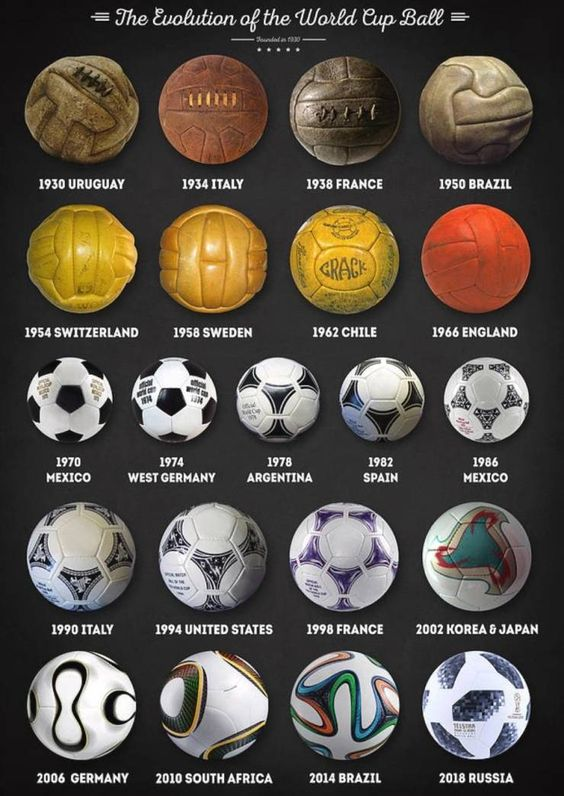The Evolution of Football showcases a sport that has captivated millions across the globe with its thrilling displays of athleticism and teamwork. Rich in football history, the game’s journey can be traced back thousands of years to ancient football games where early versions varied widely in rules and formats. With milestones like the establishment of standardized football rules in the 19th century, the game transformed into a more organized sport, paving the way for its international acclaim. The FIFA World Cup further solidified football’s status, uniting nations in a celebration of skill and passion. As we explore this fascinating timeline, we uncover the cultural shifts and developments that have shaped football into the beloved sport it is today.
The progression of the game we know as football has taken place over centuries, evolving from primitive incarnations to a highly structured sport now informally known as soccer in various parts of the world. Tracing back to its roots, ancient ball games have significantly influenced the modern regulations and competitive play we witness today. The advent of formalized rules and organized competitions has greatly contributed to football’s development as a popular global phenomenon. Events like the FIFA World Cup create a vibrant atmosphere, fostering national pride and camaraderie among fans. Understanding the various terminologies and cultural significance surrounding this game reveals how deeply embedded it is within societal frameworks, reflecting humanity’s collective passion for sports.
Understanding the Evolution of Football from Ancient Games to Contemporary Sport
The evolution of football is deeply intertwined with the history of ball games played by ancient civilizations. Archaeological evidence suggests that various cultures, from the Chinese Cuju to the Greek Episkyros, played games that involved kicking a ball. These early forms of football were characterized by rudimentary rules and varied significantly from region to region, indicating a rich tapestry of competition and athleticism. As these ancient football games gained popularity, they evolved into structured forms, laying the groundwork for the standardized practices we recognize today.
In the 19th century, the need for formalized regulations led to the establishment of the Cambridge Rules, which represented a pivotal moment in the evolution of football. By bringing together disparate regional practices, these rules facilitated the growth of organized leagues and competitions, marking a distinct transition from informal play to a regulated sport. The success of these regulations exemplified the universal appeal of football, making it a fixture in local communities as well as internationally. This transformation reflects not only the sport’s evolution but also the way it united varied cultures under a common set of guidelines.
Frequently Asked Questions
What is the significance of standardized football rules in the evolution of football?
The standardization of football rules played a crucial role in the evolution of football by providing a cohesive framework for the sport. Established in the 19th century, the implementation of consistent rules, starting with the Cambridge Rules in 1848, allowed football to evolve from a series of local games into an organized and competitive sport. This uniformity not only facilitated fair play in matches but also promoted the global development of football, contributing to its status as the most-watched sport worldwide.
How did ancient football games contribute to the evolution of football as we know it today?
Ancient football games, including ‘Cuju’ from China and ‘Episkyros’ from Greece, laid the foundational principles for modern football. These early versions demonstrated humanity’s long-standing attraction to ball games and competition. The techniques and rules from these ancient games were adapted and evolved over centuries, influencing the development of football’s tactics, formations, and gameplay. This historical trajectory showcases how ancient traditions and innovations have shaped football into the beloved global sport it is today.
| Key Points | Details |
|---|---|
| Ancient Origins | The earliest forms of football-like games, such as Cuju in China and Episkyros in Greece, date back thousands of years. |
| Standardization of Rules | The Cambridge Rules established in 1848 helped standardize play, transforming football into an organized sport. |
| Global Recognition | The formation of FIFA in 1904 and the first FIFA World Cup in 1930 propelled football’s international popularity. |
| Cultural Impact | Football has become a cultural phenomenon, influencing communities and showcasing national pride through various styles and strategies. |
| Recent Developments | Recent archaeological findings have reshaped our understanding of football’s ancient history, highlighting Scotland’s role in its early organization. |
Summary
The evolution of football tells a captivating story of adaptability and cultural significance woven through centuries of history. Originating in ancient societies, the game transformed from rudimentary beginnings into a globally recognized sport, touching the hearts of millions. Key milestones, such as the establishment of standardized rules and the formation of FIFA, have shaped football into what it is today: a unifying force across nations and cultures. Moreover, recent archaeological discoveries have uncovered vital histories that enrich our understanding of the game’s past. As we continue to witness the evolution of football, it remains not only a thrilling spectacle but also a profound cultural touchstone that reflects the values and identities of communities worldwide.
